What is special about a fig tree
Fig trees can be beautiful and useful plants, providing a home for wasps and fig wasps, a crop for humans to use, food for animals, and fruit for birds. Fig trees have been used for centuries to make jellies, jams, and syrups. They add a delicious flavor to desserts and are also a good source of antioxidants.
Fig trees are known for several things. Their ability to bear fruit year-round is impressive, as is the fig tree’s radio of ripe fruit. In addition, fig trees can grow cost-effectively on poor soil, making them a good fit for backyards, balconies, and urban landscapes.
Figs are a kind of fruit — you can see them on your breakfast table. They come from an evergreen tree that is native to many regions and which is ideal for growing in shady places. The fig tree is in a cold-season hardiness zone and can grow in just about any soil type. A fig tree can live for up to 300 years.
"Fig trees," says Hawthorne, "are often as sweet and as soft, as if they were alive, and their perfume filled the air when they were cut down, but I never could see that they were sweeter or softer in their smell than other trees. In California, figs are so abundant that the fruit is used for food and juice even without the removal of the skin and seeds; but here the fruit is used for its smell only, and the seeds discarded.
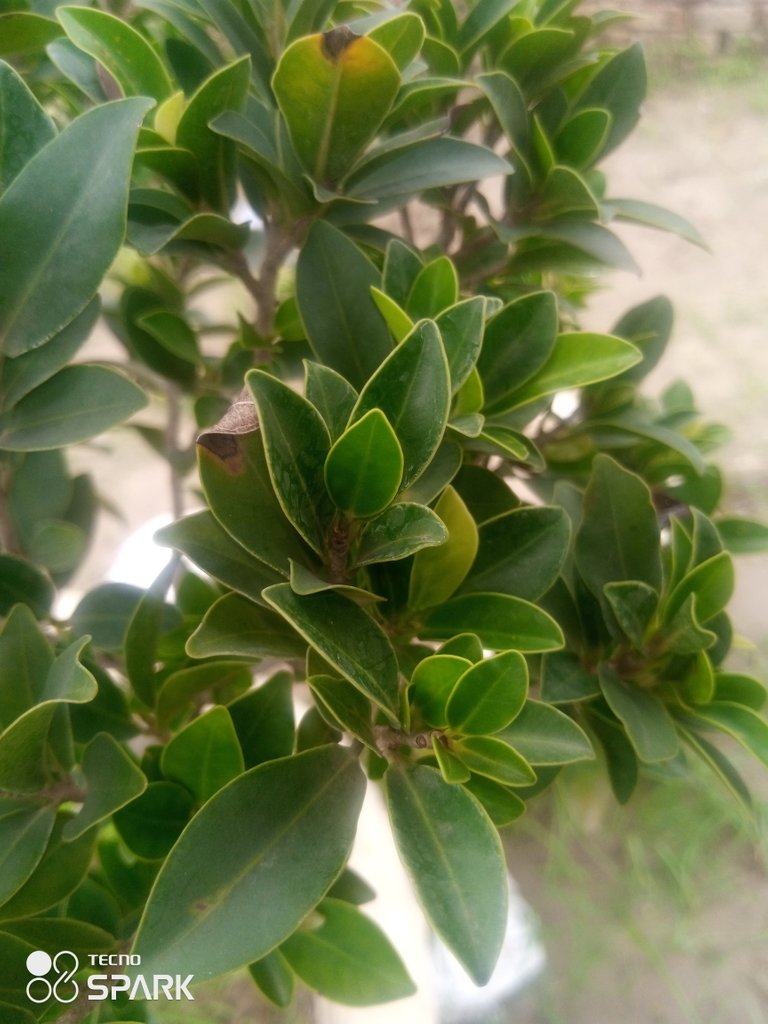
How long does it take for a fig to bear fruit
Figs begin to bear fruit after two to three years when the fig flowers and the fig is cropped. It is also important to note that all figs start small, and the size of the fruit will increase over time. The time to fruit is often measured in years, especially if the fig is on a windy tree, which tends to produce larger figs. Figs are a great way to introduce children to the benefits of being patient and enjoying the process of growing something for themselves.
How tall do fig trees grow
The tallest trees in the world are found in the rainforest of the Congo. The largest tree in the United States is the coast redwood, which can grow to nearly 300 feet tall. These towering giants of the forest are impressive, but they’re not the only species of tree that can reach lofty heights. The genus Ficus, which includes the fig, is one of the most species-rich plant families on Earth.
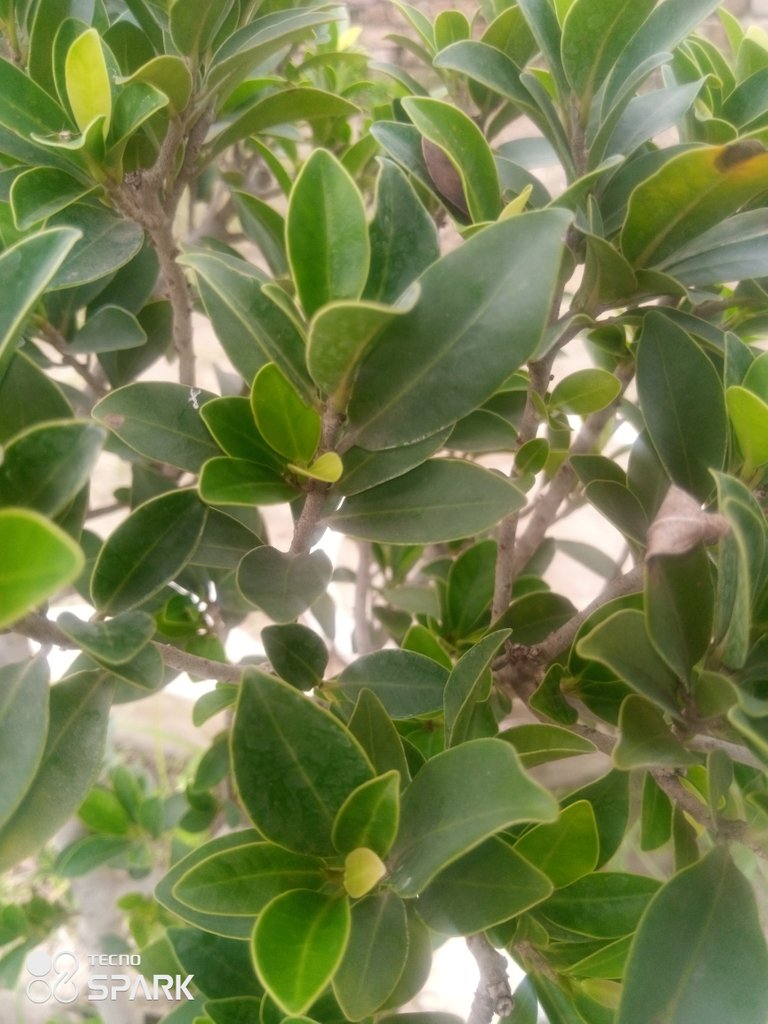
Are figs good for constipation
Constipation is one of the most common gastrointestinal disorders. It affects millions of people in the United States every year, causing them to have fewer bowel movements than they should. Unlike diarrhea, which is an illness of the small intestine, constipation is an illness of the large intestine. It is caused by a lack of movement in the large intestine, which can result in waste build-up and discomfort.
Constipation can be a painful and uncomfortable condition. When your bowel doesn't move or move enough, it can feel like a rock in your abdomen or like you can't go to the bathroom. The best way to avoid constipation is to eat a healthy, well-balanced diet, but sometimes dietary changes aren't enough. Enter the humble fig.
Constipation is one of the most common gastrointestinal disorders in the United States. It’s estimated that more than half of Americans will experience constipation at some point in their lives. It can range from mild discomfort or passing episodes to long-term constipation, which can affect your ability to have a regular bowel movement and cause significant discomfort. Constipation can also have a big impact on your daily routine, especially if you have a job that requires you to be on your feet for a long period.
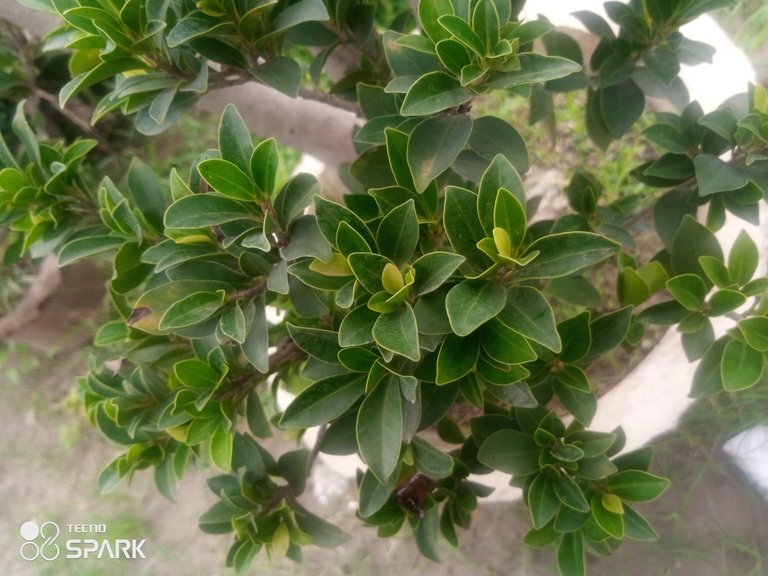
How many figs should you eat in A day
As a person who lives in a fig orchard, I know a lot about them. I know that when they’re at their sweetest, they taste like honey. I know that when they’re green, they’re bitter and hard. I know that when they’re red, they’re soft and sweet.
The old rule of thumb for fig intake was to eat one fig every day to keep your body healthy. But today, we know that too much fig can cause weight gain and other health issues. That’s why it’s so important to work with a doctor to find the right amount for you. You can ask your doctor or dietician about how many figs are right for you.
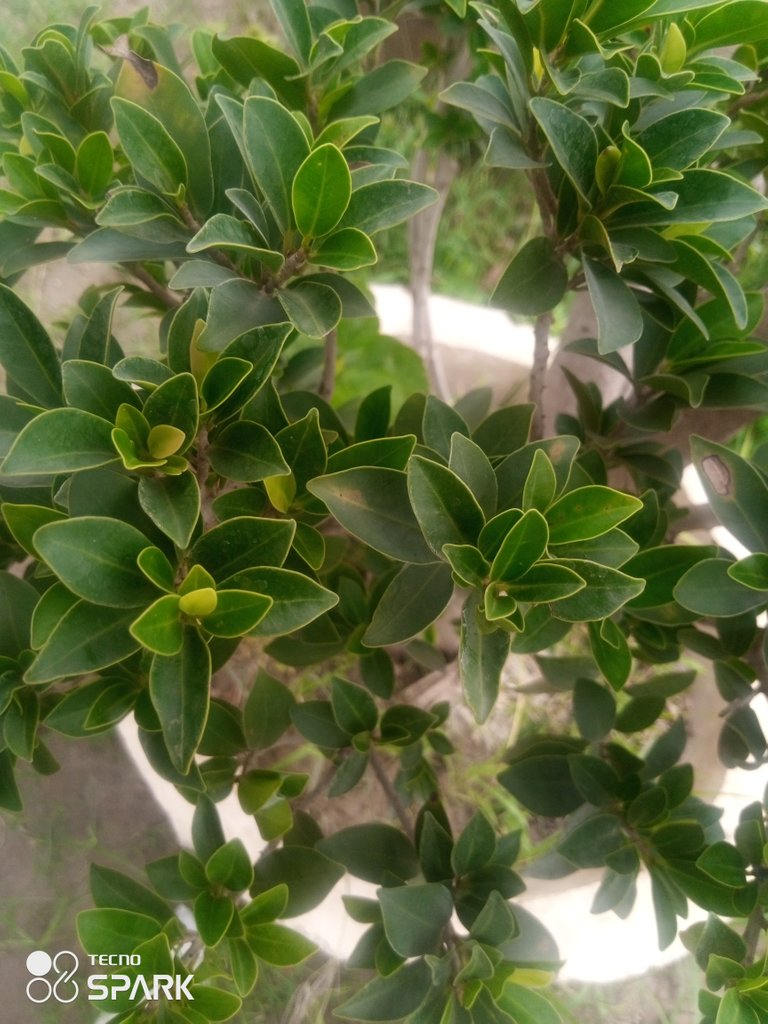
What are the health benefits of fig tree
1 The fig tree is a common street and backyard plant in many parts of the world. The fruit produced by the tree, which is also known as a fig, is used in cooking, baking, and drinks. The fruit is also used as a source of fiber, which is great for keeping you regular. The fruit has also been shown to have health benefits, including reducing cholesterol and blood pressure.
2 The fig tree is one of the most common trees found throughout the world. They are found in warm climates, such as southern Europe and the Mediterranean, and are often cultivated as ornamental trees. The small, sweet fruit of the fig tree is also used in cooking, and the leaves of the tree are often used as a herbal tea. The health benefits of the fig tree are plentiful and include benefits to the heart, blood vessels, and brain.
3 Figs are trees that produce fruit, which is commonly known as the fig. These fruits are rich in certain nutrients, such as fiber and potassium. They are also a good source of vitamin A and calcium. The health benefits of figs have been studied extensively, and many studies have shown that they have many health benefits.
4 Figs are a fruit that is native to western Asia and the Mediterranean region. They are small, soft, and dark when they are fresh, but they become hard and dry when they are dried. Figs are rich in fiber and are also a good source of potassium and vitamin C. Dried fruit is also a good source of iron and contains tannins, which may have health benefits. The fruit is also a good source of protein and contains a small amount of fat.
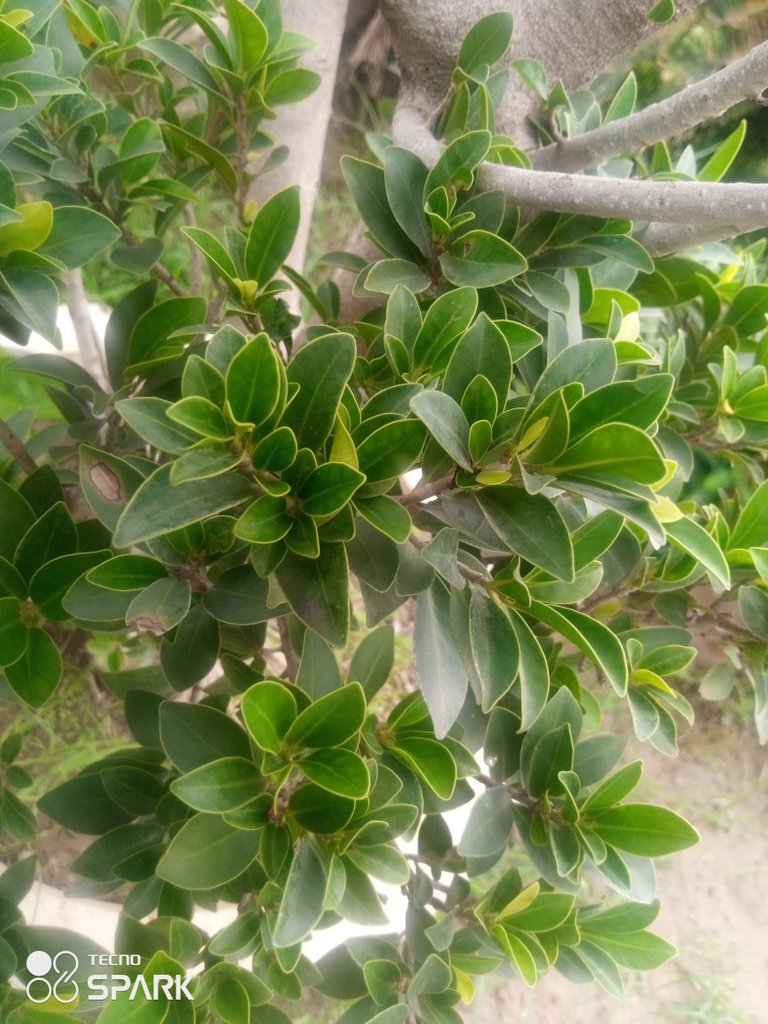


Social Media Link
Twitter https://twitter.com/yasirgujrati1?t=cjIzqyjbEOrIPMz5gDTUwA&s=09
Instagram https://www.instagram.com/yasirgujrati887
| Camera | Tecno Spark 6 |
|---|---|
| Category | photography |
| Location | Pakistan Gujrat |
| Photographer | @yasirgujrati |



